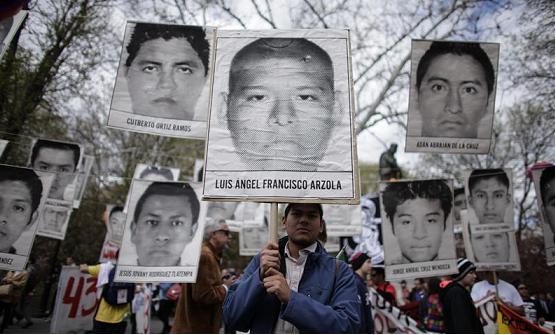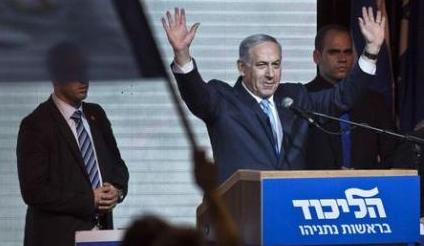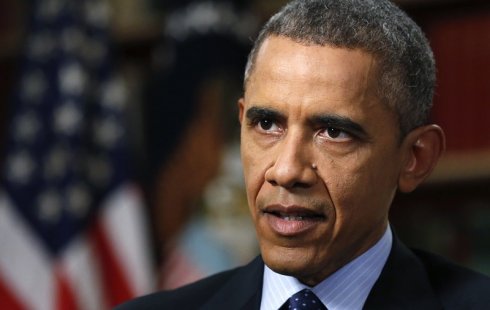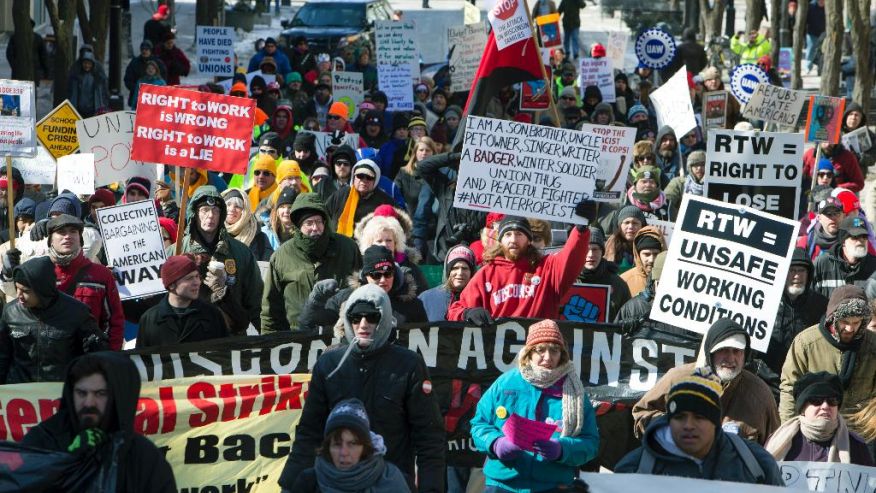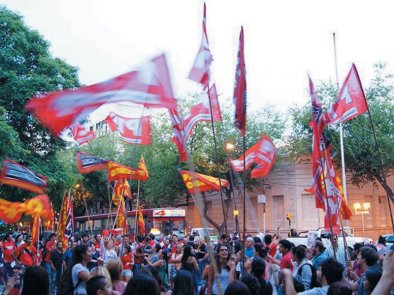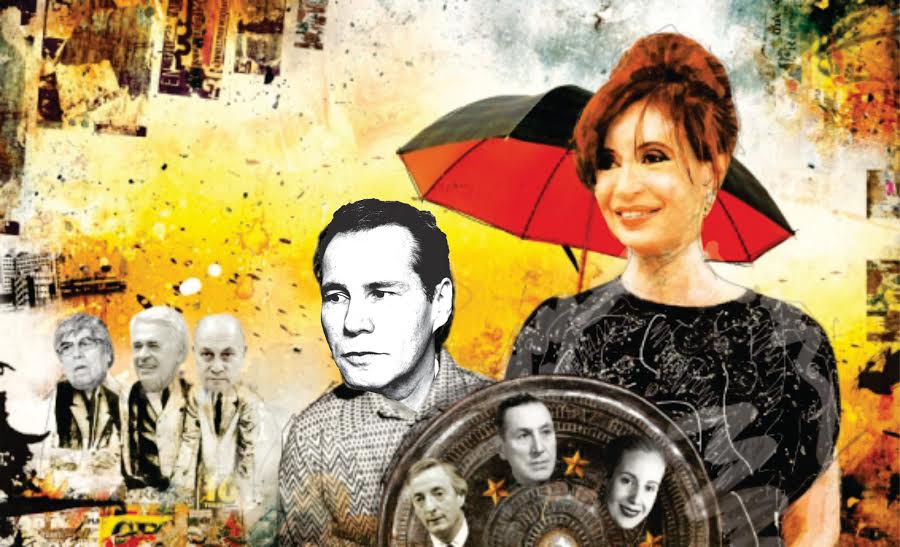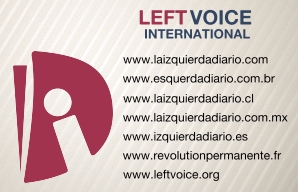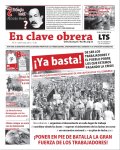Syria
Fighting continues; the political crisis increases
16/08/2012
By Diego Dalai
PTS, Argentina
On August 8, after days of being bombed, the Saladin neighborhood, a stronghold of the rebels, suffered the full-scale offensive of the army that in the preceding days had concentrated 20,000 troops in the outskirts of Aleppo. The government says that they recovered the area, and the rebels deny it. The fact is that the fighting is going street by street, house by house. After almost 20 days, Syria’s second-largest city continues to be the main setting of the civil war that has been shaking the country for more than a year. But the “theatre of operations” covers the entire country. In Damascus, the capital, the rebels have retreated, in the face of the superior firepower of the regime, but they still keep areas under their control and recently dealt a blow, with a new bomb attack, this time at state-owned television. In Syria’s interior, the struggle is also continuing, and it is estimated that 40% of the national territory is under rebel control.
Progressive deterioration of the regime
Another act with a lot of impact in recent days was the desertion and flight of the the Prime Minister, Riad Farid Hijab, whom Assad had appointed scarcely two months ago. This desertion is of great importance in itself, since it is of the highest political rank. But its importance is still greater, if we take into account that Hijab was of the Sunni religion and a leader of the Ba’ath Party. Obviously, Assad is gradually losing the small domestic support that remains to him, that is being reduced to his immediate environment within the oppressive Alawite minority.
Having fighter-bombers and helicopter gunships that, day after day, pound the enemy positions, or tanks and heavy artillery, is not enough for the Assad dictatorship to crush the movement. Neither are the army’s elite troops and the dreaded “Shabiha” (bands of armed thugs) that number in the thousands. It’s just that the front lines, unclear and spread throughout the territory, compel the army to divert forces at different points, weakening its strength in unconventional combat, with many features of urban guerrilla warfare. Likewise, there would be a lot of dispersion into local and even neighborhood groups, among which are mentioned the Local Coordination Committees, that are fighting against the dictatorship.
The armed opposition
Among the masses there exists a profound hatred of the Assad family dictatorship, that has governed for 42 years by repression and maintains control by the well-off Alawite religious minority (in collaboration with the Sunni bourgeoisie and the Christian minority) over the immense majority of the Sunni people (80% of the population). Since the protests of the masses broke out as part of the “Arab Spring,” in March 2011, their base has been in the poorest and most impoverished neighborhoods. Then, showing the limits of spontaneity, the revolt assumed the characteristics of a civil war, where the masses are not acting independently, and opposition groups like the Syrian National Council (SNC), in exile, are openly pro-imperialist. The armed rebel organizations, like the Free Syrian Army (FSA), do not answer directly to them, nor have they asked, up to now, for an intervention by the imperialist powers, as happened in the case of Libya, where the rebels requested NATO’s armed intervention. However, the FSA is receiving active support from regional powers, mainly from Turkey (where the FSA headquarters is functioning), Saudi Arabia and Qatar, that are allies and direct agents of the US in the region. In turn, recently, it was publicly revealed that, “months ago,” President Obama authorized the CIA and other US intelligence agencies to give “assistance” to the rebels in Syria (El País, August 2).
The regional setting
A fact of great importance these days is that the biggest ally of the Syrian regime in the region, Iran, is finding itself forced to enter into the conflict more openly. On Sunday, August 5, a contingent of 48 Iranians was taken prisoner by the Free Syrian Army and accused of belonging (some of them) to the Revolutionary Guards, an elite unit of the Iranian armed forces. Iran denied the accusation, stating that they were religious pilgrims and specifically asked Turkey and Qatar to mediate, in order to find a solution. Some days later, Said Jalili, an envoy of the Iranian Supreme Leader Ali Khamenei, personally traveled to Damascus to convey Iran’s resolute support to the Syrian regime. It’s just that if Assad falls, Iran loses its main ally in the region. Its other ally is the Lebanese Hezbollah, but they are much less important than Syria. This would happen at an awkward time for the Iranian regime, since “international (read imperialist) pressure,” with the excuse of Iran’s nuclear project, has been increasing. Iran cannot allow a regime change in Syria that, whichever way you look at it, will be detrimental to it, over and above the fact that some elements of Assad’s dictatorship will remain. It is for that reason that, in view of the advances of the FSA on the ground and, especially, the continual desertions of senior officials, Iran finds itself forced to get into the conflict more fully, which in turn intensifies alerts in Israel and among the imperialists and involves the possibility of an increase in the conflict.
Imperialism is seeking an orderly transition
The civil war is speeding up the discussions and negotiations outside the country to try to direct a more or less orderly transition. In the US, the Republican right wing and the Israel lobby (in view of the November elections) are criticizing Obama for the “lack of leadership” concerning the Syrian conflict. In a recent editorial of the daily Washington Post, they openly tell him what he will have to do: (1) Create a coalition with real influence on the ground, with the friendly countries of the area, Turkey, Saudi Arabia, Qatar, and Jordan, plus France and Great Britain. (2) Form an opposition front abroad (although it admits that this is a very difficult task) that can prepare a peaceful transition by attracting elements from the old regime and thus avoid chaos after Assad. (3) Openly give military aid to the FSA, so that this task will not remain only in the hands of the “regional powers” (Turkey, Saudi Arabia) and earn himself a place in the negotiations when the fighting stops. (4) Under these conditions, arrive at an understanding with Russia, by assuring Russia that its interests will not be affected in a new regime without Assad; this would leave Iran “out of the game.” (5) Keep an active role in the UN to complete a “road map” that will direct the transition and engage the UN in an important role, like it had in Afghanistan.
But it is not a simple matter
As we have said in other articles, negotiating with Russia is extremely complicated, because it could lose its final positions in a key region on an international level. The idea of forming a more or less stable opposition front is difficult because of the varied interests that divide each faction. Many analysts see a scenario of a deepening of the civil war after Assad’s departure. Likewise, the US must prevent Turkey from feeling tempted to intervene militarily in Syria, by taking advantage of the conflict with the Kurds, which would cause the crisis to escalate. In this context, the prospects that could open up after Assad’s downfall are hardly clear. For that reason, the White House, that always wanted to use the Syrian revolt to impose regime change that would favor the US and tried three times to get sanctions approved in the UN Security Council, that Russia and China blocked, has been backing the Free Syrian Army’s armed opposition through its regional allies. In the next few days, the US will send its international diplomacy boss, Hillary Clinton, to Ankara to discuss with the Turkish government the organization of the most reliable possible alternative opposition to Assad. The mobilization of workers and the urban poor, independent of every bourgeois variant, and in opposition to any imperialist interference, is the only thing that can offer a progressive solution for the Syrian working people.
August 8, 2012
